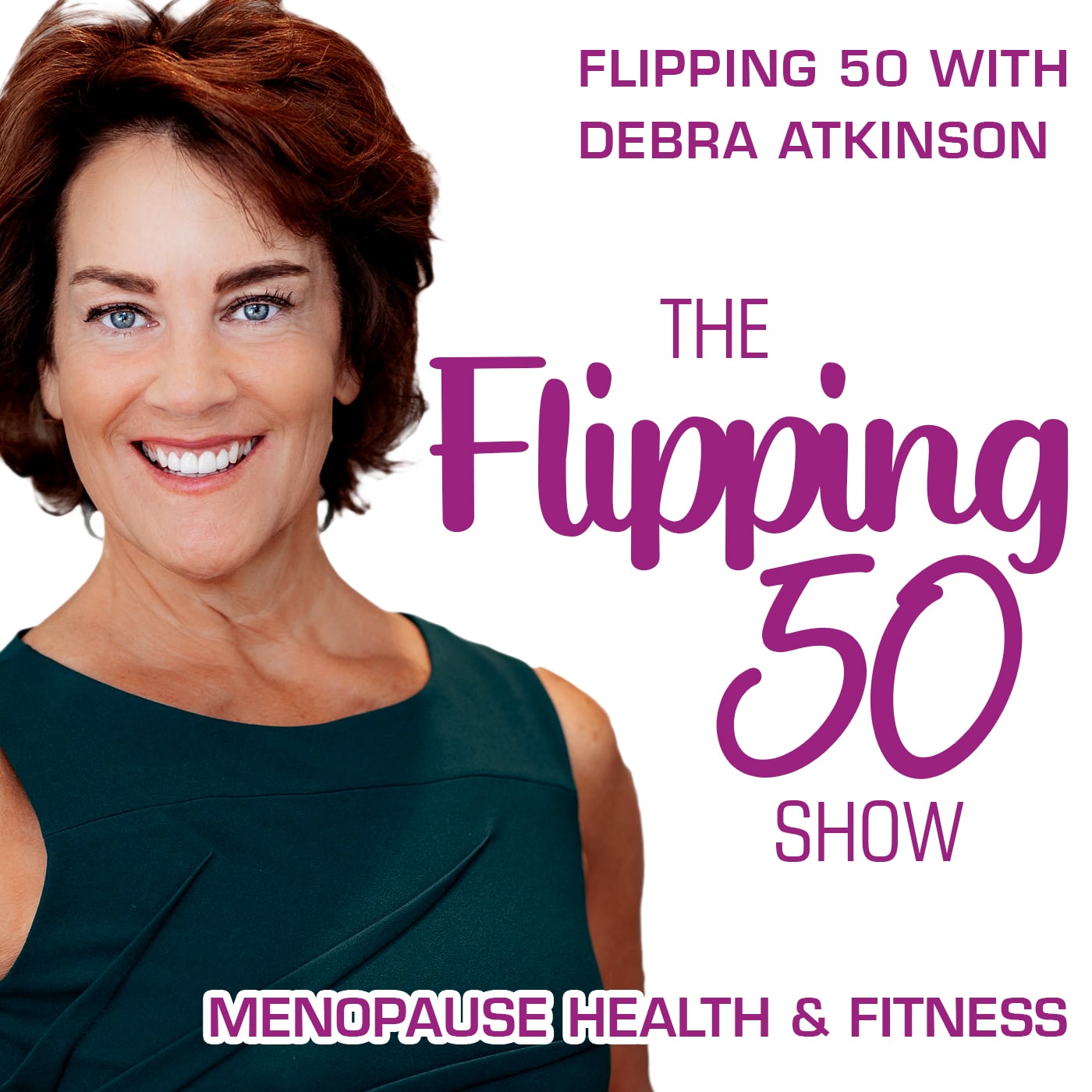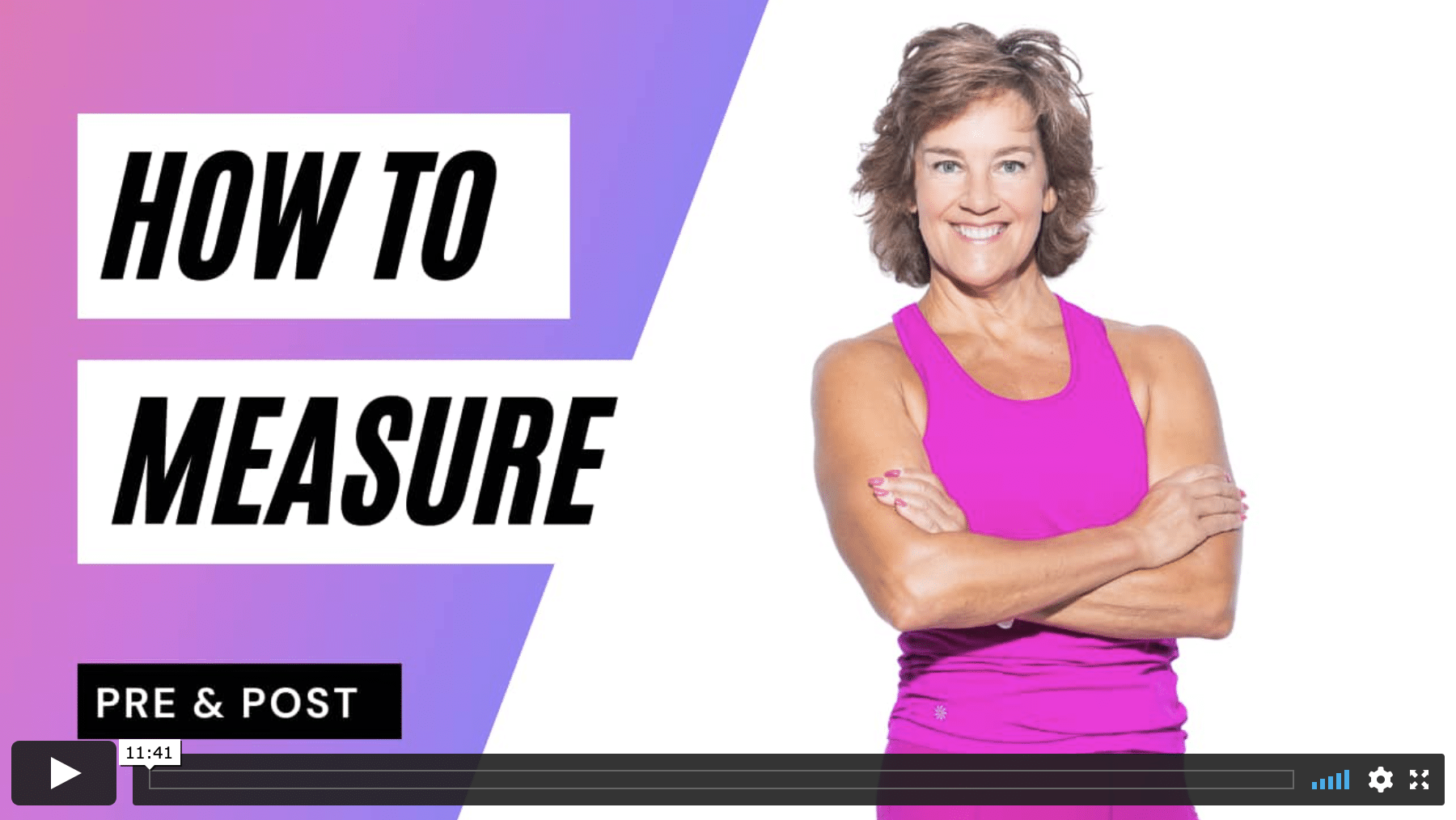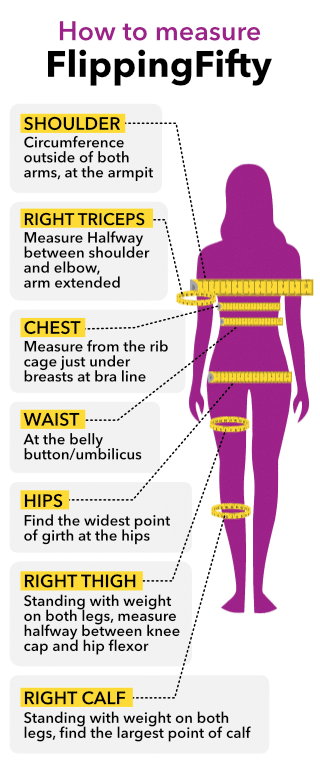Postmenopause bones are at greater risk of fracture, continued bone loss and in need of specific exercise to target and protect. Whether you’re fragile, high risk or you’re one of millions of women diagnosed with either osteoporosis or osteopenia wanting to reverse it, if you’re postmenopause, this is particularly for you. It’s a quick episode targeting specifically women post menopause to compliment this month-long heavy emphasis on bone health.
From the research:
Average bone loss is 1.5% per year for the spine and 1.1% – 1.4% for the femoral neck in the first 4-5 years post menopause. Losses slow slightly after this and then increase again in later decades.
Scared? Not the intention. But woken up? It’s time to be fully so.
Look, it would have been much better had you jumped rope and done gymnastics as a kid. Better still if you started serious strength training and stopped starving yourself in your 20s. Even better if during pregnancies you ate more knowing the baby was first priority and your bones were getting drained if you were trying to avoid too much weight gain. And if in your perimenopause stages you didn’t lift heavy weight and consume high quality protein, then now… now is the time to get serious.
Post Menopause Bones: The 411
With none of these should you start at this ideal. Each of them requires a start that’s appropriate, and a progression that’s slow and appropriate over months. Your ligaments and connective tissue, your neural or brain connection to muscle is a piece that cannot be rushed
Strength Train major muscle 8-12 reps 3-4 sets, 2-3x a week
Add Power: lift quickly, lower under control
Weight bearing impact activity
3-5 sets of 10-20 jumps 4-7 days per week
In this list of movements (those demonstrated briefly in the video), the numbers that follow represent the ground forces of the moves. If you can do the Vertical squat jump, your bone benefit is nearly 3x that of dancing (which is probably only slightly greater than walking). With impact comes a slightly greater risk and reasons may exist why this isn’t a good choice for you. Those include but aren’t limited to arthritis, joint replacement, low cartilage (in need of a replacement), degeneration in spine.
- Dance Step 2.7
- Step Up(30cm) 2.7
- Lateral Step up 3.1
- Hopping 3.4
- Jump squat 3.8
- Side to side jumps 3.9
- Star jump 4.3
- Foot stomp 4.6
- Vertical jump 4.7
- Side to side over rope 5.1
- Depth jump 5.2
- Drop jump 5.5
- Forward/backward Squat Jump 6.3
- Vertical Squat Jump 7.1
Yoga 12 minutes a day
Exercise extensor muscles of spine are among the greatest benefactors of yoga, supporting the prevention of fractures.
HIIT
High Intensity Exercise activates fast twitch muscle fibers which help build bone, as well as improve reaction skills and decrease risk of falls
Exercise Effects on Bone Vary:
- + resistance exercise on femoral neck
- exercise without resistance on femoral neck
- resistance-only exercise
- functional exercises on femoral neck or lumbar spine
- balance exercises
- bone loading exercise alone
- A review of literature that included many studies show mixed results for exercise effects on bone. It’s the wild west. Just checking the “weight training” box may not support significant change in bone.
For Programs Targeting Postmenopause bones, know your goals and ASK:
- Stop or slow losses
- Gain bone density
Overall, higher levels of physical activity were associated with better bone health. [When it combining targeted recommendations below]
Need to Know:
Weight bearing balance and functional exercises must also include resistance component to be effective for bone. (Either, weighted vest, or (most optimal) resistance training as a component of weekly routine).
Walking speeds lower than 3.5 prove ineffective for bone benefit
BULLSEYE for BONE: (shared in a recent podcast episode)
- Weight bearing impact activity (stepping, jumping, weighted vest)
- 3-5 sets of 10-20 jumps 4-7 days per week (see prior post)
- Strength Train major muscle groups 8-12 reps 3-4 sets, 2-3x a week (equal change)
- Add Power: lift quickly, lower under control
- Volume matters: a sound 3 or 4 sets of compound or “core” moves BESTs 8-10 exercises done 2x. (those big circuits are not what your bone needs)
- Exercise extensor muscles of spine for posture (& fracture prevention)
What was NOT effective in postmenopause bones improvement?
- Resistance training at less than 80% (8-10 reps)**
- Functional training alone
- Balance weight bearing alone
- Walking or running alone
- Even resistance alone is not as significant as in combination with multiple exercises including resistance.
What IS functional exercise for bones?
Related directly to improving your bones. It’s not necessarily a trainer’s “functional fitness” class.
** you have to start with less than 80% however. Start with 60-70% or 15-20 reps. Progress over months. Know good form.
References:
https://www.ncbi.nlm.nih.gov/pmc/articles/PMC6429007/
https://pubmed.ncbi.nlm.nih.gov/30503353/
https://pubmed.ncbi.nlm.nih.gov/30503353/
https://pubmed.ncbi.nlm.nih.gov/33239014/
https://asbmr.onlinelibrary.wiley.com/doi/10.1002/jbmr.3284
https://www.ncbi.nlm.nih.gov/pmc/articles/PMC4851231/
Pinheiro, M.B., Oliveira, J., Bauman, A. et al. Evidence on physical activity and osteoporosis prevention for people aged 65+ years: a systematic review to inform the WHO guidelines on physical activity and sedentary behaviour. Int J Behav Nutr Phys Act17, 150 (2020). https://doi.org/10.1186/s12966-020-01040-4
Resources:
Power Plate: https://www.flippingfifty.com/powerplate USE: FLIPPING50 for 20% off your own Power Plate Move
Other Episodes You May Like:
Exercise for Bone Density Then and Now: https://www.flippingfifty.com/exercise-for-bone-density/
21 Reasons Weight Training Should Be Mandatory Exercise After 50: https://www.flippingfifty.com/weight-training-should-be-mandatory/
Whole Body Vibration: http://flipping50.com/whole-body-vibration/








